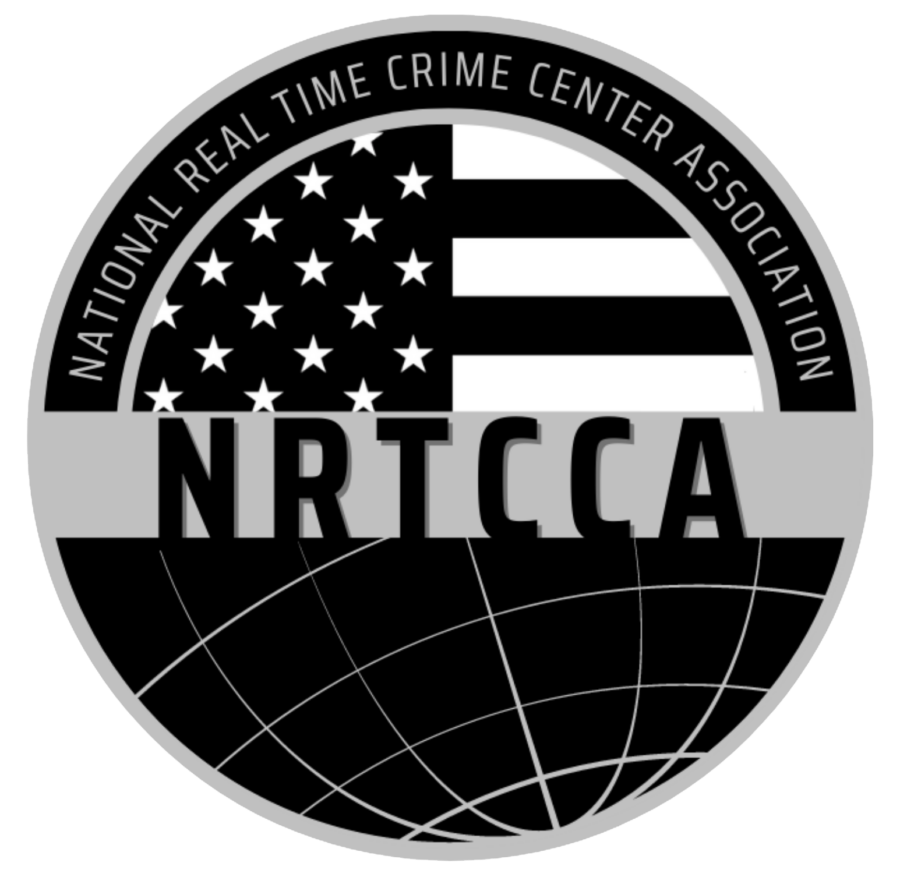Real Time Crime Centers: The Practical Implementation of Intelligence-Led Policing

Putting Legs to the Theory
Did you know, that in the next 3-5 years, there will be at least 300 new real time crime centers (RTCCs) in the United States? These centers are gaining traction for their ability to “keep up with the bad guys” so to speak, and for their capacity to put legs to the Intelligence-Led Policing approach: This concept gained ground on the heels of the Sept. 11, 2001 terror attacks and has since grown to be considered as one of the most important law enforcement philosophies to both fight and prevent crime, an “essential counterweight to past ‘reactive’ models of policing.” But despite this claim of importance, there have been many skeptics over the years who argue that Intelligence-Led Policing is nothing more than a theory, due to a glaring lack of practical processes for widespread implementation. However, now, with the booming growth of RTCCs, we are seeing restored optimism in proactive policing possibilities. Real Time Crime Centers are the practical implementation of Intelligence-Led Policing we’ve been waiting for.
A Technology-Driven Approach
The world of policing technology has seen major advancements and innovation in recent years. As technology advances, the capacity of law enforcement for proactive, responsive policing increases as well. For this reason, Real Time Crime Centers are becoming increasingly popular for their ability to centralize current and evolving technologies and pair them with coordinated sworn and/or nonsworn human resources to increase the scope and impact of policing response and services. RTCC expert and President of the National Real Time Crime Center Association, Chris Henningsen, explains that “through the use of a Real Time Center, agencies can force multiply employees by using technologies to help them be in multiple places at one time.” This empowers officers to respond more quickly, or even immediately, to both real-time or post-incident crimes, act with improved operational intelligence and situational awareness, and emphasize officer and community safety, all while utilizing less resources more effectively.
The Macro and Micro Tech Powering RTCCs
In order for Real Time Crime Centers to be effective, they must symbiotically integrate both macro and micro technology solutions to address the diverse needs and functions required by police departments. One example of a macro technology that provides critical value to a RTCC is video analytics technology. A comprehensive video analytics solution can empower law enforcement officers to realize and utilize the full potential of video surveillance by transforming raw, unstructured video into searchable, actionable, and quantifiable data. This data can then be leveraged to accelerate time-to-target, reduce manpower needed for video evidence review, and increase critical situational awareness – all which increase policing productivity.
For example, video analytics can help police officers leverage license plate recognition (LPR) across cameras to accelerate investigations – in real-time or post-incident – by identifying and locating suspect vehicles more quickly. Not only can investigators configure watchlists for stolen vehicles or vehicles of known suspects, but they can also search the video content from multiple cameras for license plate numbers or car appearance criteria when relevant. These search and alerting capabilities help officers or crime center analysts locate and apprehend suspects with unmatched speed and accuracy.
While license plate recognition can be included in a comprehensive video analytics suite that can utilize footage from almost any camera, LPR can also be deployed as an on-camera, micro solution that operates a bit differently than macro LPR solutions. On-camera LPR initially entered the market for parking lot entry logistics, but because installing these cameras is relatively simple, they are growing in popularity as users are realizing their full value. For instance, because LPR cameras are constantly scanning for vehicles on terrorism, crime, and stolen vehicle watchlists, police officers will immediately receive a notification once an LPR camera finds a match. Once they are notified, RTCC analysts or detectives can determine if the hit is legitimate and easily track the vehicle throughout the city using other LPR cameras. Officers can then plan how to box in the vehicle and apprehend the suspect.
These macro and micro technologies create a powerful infrastructure that supports proactive, Intelligence-Led Policing efforts. The benefit to both the public servants that use the tools and the communities they serve makes Real-Time Crime Centers a no-brainer for any municipality. Need more convincing? The benefits of RTCCs boil down to these 3 points:
- Size Agnostic Effectiveness: While Real Time Crime Centers sound like a big city solution, the reality is that RTCCs can vary in size without sacrificing effectiveness. A small town could implement a solution as small as 1 monitor for 10 cameras to keep tabs on “choke spots” coming in and out of town. RTCCs are also great for small cities sandwiched between large cities as they often attract big city criminals trying to avoid law enforcement. The presence of an RTCC effectively eliminates the option of safe haven for these law breakers because their movement in and out of the city is easily detected and alerted upon.
- Support Community Policing: Community Policing is another important policing approach and is not only vital to the legitimacy and long-term success of law enforcement but offers a critical engagement opportunity with Intelligence-Led Policing through RTCCs. By engaging community stakeholders – from public and private businesses to politicians, citizens, and other organizations – in the process of implementing a RTCC, law enforcement reinforces that they are an active and present part of the community. According to Henningsen, “Communities across the country are embracing Real Time Centers as it’s another tool for the communities to share their video in real time with their local law enforcement agency to help build better situational awareness for law enforcement and for the community.” This ultimately enhances organizational legitimacy and trust.
- Smart Resource Allocation: Without sworn officers, there is no police force, but the process of hiring and training these officers is extensive. RTCCs bolster law enforcement capacity by providing resources, data, and services that are very costly – both in time and finances – for sworn officers to carry out. Furthermore, the investment in training a sworn officer is steep so it is critical to utilize their skill set where it is most needed. Henningsen asserts, “Real Time Centers can be started TODAY in your agency with a motivated and self-initiated employee with a police radio and a laptop,” further affirming that using RTCCs – which can be manned by full or part-time non-sworn operators – acts as a force multiplier, not only allocating resources effectively but empowering law enforcement to expand their reach and keep the community safer at less cost.
Real Time Crime Centers are, and will continue to be, at the center of the evolution of the modern-day police force. They are well situated to meet the needs of communities great and small, support smart resource allocation, and are the key to seeing Intelligence-Led Policing finally hit the ground running so we can proactively build a safer world, together.
Chris Henningsen, President of the National Real Time Crime Center Association
The National Real Time Crime Center Association (NRTCCA) is an organization serving Real Time Crime Centers through identifying training opportunities, networking, identifying best practices and fostering public safety partnerships. Our focus areas include: Development, Innovation, Collaboration and Education. To learn more about how to become a member or partner of our association please visit us at: www.NRTCCA.org.
Signup to receive a monthly blog digest.
